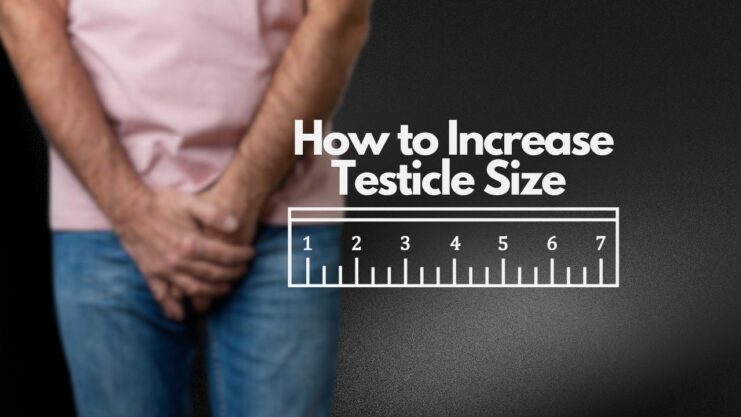Testicles. Half the global population has them, and the other half… well, they’ve probably got a few opinions on them too. But let’s face it, whether you’re the bearer of these biological marvels or not, there’s a lot more to these twin orbs than meets the eye. So, I decided to embark on a deep dive into the world of testicles, and boy, what a journey it’s been.
Now, before you start wondering why anyone would want to spend their time researching testicle size, let me tell you, it’s not just about locker room comparisons or misplaced machismo.
It’s about understanding our bodies, our health, and yes, even our place in the grand scheme of the animal kingdom. Because, as it turns out, we humans aren’t the only ones who carry these fascinating spheres of life.
So, buckle up, dear reader. We’re about to embark on a journey that will take us from the intricacies of human anatomy to the wilds of the animal kingdom, from the impact of lifestyle choices on our health to the surprising role of testicles in global cuisine.
And along the way, we’ll debunk a few myths, shed light on some medical facts, and hopefully, learn to appreciate these often overlooked, yet crucial components of the male reproductive system. Let’s dive in, shall we?
Understanding Testicle Size
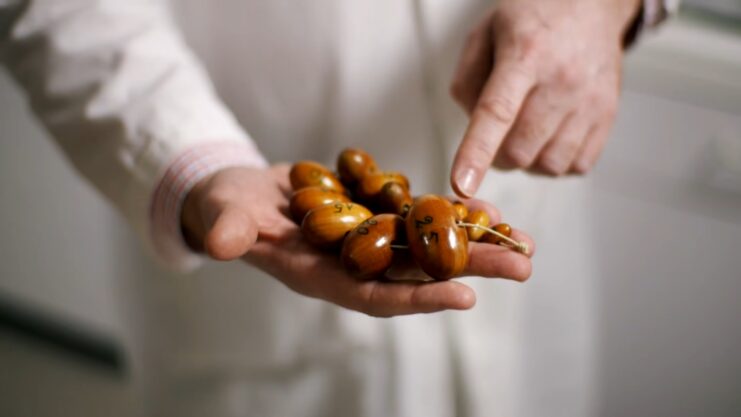
Facts and Myths
Let’s start with the basics. The average testicle size for adult humans is about 4 x 3 x 2 centimeters, roughly the size of a large olive. But here’s the thing – there’s a lot of variation. Some guys are sporting grapes, others, well, they’re more in the walnut range. And that’s perfectly normal. Factors like genetics, age, and overall health can all influence testicle size.
Now, you might’ve heard some tall tales about testicle size. Some say it’s tied to virility, others claim it’s a sign of superior physical prowess. But let me tell you, these are mostly myths.
There’s no scientific evidence linking testicle size to traits like strength, stamina, or sexual prowess. So, if you’re feeling insecure about your size, remember, it’s not the size of the boat, it’s the motion of the ocean that counts.
The Role of Testicles in the Male Reproductive System
Testicles aren’t just there for show, they have a crucial role in the male reproductive system. They’re responsible for producing sperm and testosterone, the hormone that drives male sexual development and function. Each testicle houses a labyrinth of tiny tubes called seminiferous tubules, where sperm are produced. It’s a complex process that takes about 64 days from start to finish.
But that’s not all. Testicles also produce testosterone, the hormone that gives men their deeper voices, facial hair, and muscle mass. It also plays a key role in sex drive and bone health. So, while they might seem like simple orbs, testicles are actually sophisticated factories working round the clock to keep the male body running smoothly.
Why Size Isn’t Everything: Quality Over Quantity
Now, you might be thinking, bigger testicles mean more sperm and testosterone, right? Well, not necessarily. Studies have shown that testicle size doesn’t directly correlate with sperm count or testosterone levels. In fact, some men with smaller testicles actually have higher sperm counts than those with larger ones.
What really matters is the quality of the sperm and the overall health of the testicles. Factors like temperature, lifestyle choices, and underlying health conditions can all impact sperm quality and testosterone production. So, instead of worrying about size, it’s better to focus on maintaining a healthy lifestyle and taking care of your overall reproductive health.
Learn more about the potential causes and concerns surrounding sperm cramps in men, and discover whether there is a reason to worry.
Comparing Testicle Sizes Across the Animal Kingdom
Now, here’s where things get really interesting. If you think human testicle size varies, wait till you hear about the animal kingdom. Take bush cricket, for example. These tiny insects have the largest testicles in relation to the body size of any species – they make up a whopping 14% of their body weight!
On the other end of the spectrum, you have the gorilla, a creature much larger than a human, but with testicles smaller than ours. Why? It’s all about their mating habits. Gorillas typically have a harem of females to themselves, so they don’t need to produce as much sperm.
On the other hand, animals like chimps and bonobos, who have more competitive mating scenarios, tend to have larger testicles to produce more sperm. So, as you can see, size really is a matter of perspective.
And as an additional note, Right Whales have the largest testicle of any creature, they are internal, with each teste weighing up to 500 kg or 1100 lbs!!
Lifestyle and Testicular Health

The Impact of Lifestyle on Testicular Health
Now, let’s talk about lifestyle. You see, our bodies are like finely tuned machines, and the fuel we put in them can have a big impact on how they function. This is especially true for our testicles. Factors like diet, exercise, and even our habits can have a profound impact on testicular health.
Take smoking, for instance. We all know it’s bad for the lungs, but did you know it can also affect your testicles? Studies have shown that smoking can reduce sperm count and cause DNA damage in sperm. And then there’s alcohol. While the occasional drink won’t do much harm, heavy drinking can lead to hormonal imbalances that can affect testicular function.
Nutrition for Optimal Testicular Health
When it comes to diet, it’s all about balance. A diet rich in fruits, vegetables, lean proteins, and healthy fats can help support overall testicular health. Certain nutrients, like zinc and vitamin D, are particularly important. Zinc is crucial for sperm production and testosterone synthesis, while vitamin D can help maintain healthy testosterone levels.
Foods like oysters, beef, and pumpkin seeds are high in zinc, while fatty fish like salmon and mackerel are good sources of vitamin D. And let’s not forget about antioxidants. Foods rich in antioxidants, like berries, nuts, and dark chocolate, can help protect the testicles from oxidative stress, which can damage sperm.
Exercise and Testicular Health
Exercise is another key component of testicular health. Regular physical activity can help maintain healthy testosterone levels and improve overall reproductive health. But before you start pumping iron, remember, moderation is key. Overdoing it can actually lead to a decrease in testosterone levels.
As for specific exercises, there’s no magic workout for increasing testicle size or boosting testosterone. The best approach is a balanced fitness routine that includes cardiovascular exercise, strength training, and flexibility exercises.
And don’t forget about the benefits of stress reduction. Activities like yoga and meditation can help reduce stress, which can have a positive impact on hormonal balance and overall testicular health. So, whether you’re a gym rat or a yoga enthusiast, the important thing is to stay active and keep those testicles healthy.
Medical Aspects of Testicular Size
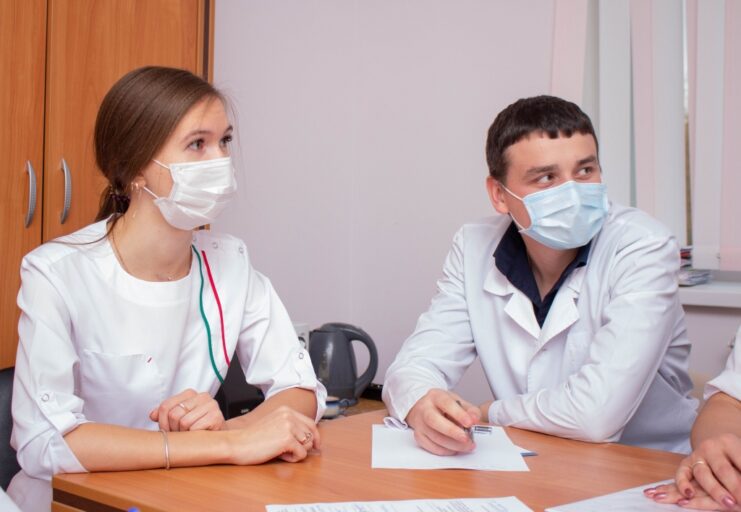
The Role of Hormones
Hormones play a crucial role in testicular size and function. Testosterone, as we’ve discussed, is produced in the testicles and is key to male sexual development and function. But did you know that estrogen, typically thought of as a female hormone, also plays a role in male reproductive health? It’s true. Men produce estrogen, albeit in smaller amounts than women, and it’s necessary for a healthy sperm count.
Now, you might be wondering, can hormonal imbalances affect testicle size? The answer is yes. Conditions like hypogonadism, where the body doesn’t produce enough testosterone, can lead to smaller sizes.
On the flip side, an excess of certain hormones, like human growth hormone, can lead to larger sizes. But remember, these are medical conditions that require a healthcare provider’s attention. So, if you’re concerned about your hormone levels, it’s best to seek professional advice.
Medical Conditions
Speaking of medical conditions, there are several that can affect size. Varicoceles, for instance, are enlarged veins in the scrotum that can cause the testicles to swell and feel heavy. Then there’s testicular torsion, a serious condition where the spermatic cord becomes twisted, cutting off blood flow. This can cause the affected testicle to shrink if not treated promptly.
And let’s not forget about hypogonadism, which we touched on earlier. This condition can be caused by problems with the testicles or with the pituitary gland, which controls the production of testosterone. Men with hypogonadism often have smaller testicles due to reduced testosterone levels.
These conditions can all impact size, but it’s important to remember that they’re relatively rare and often come with other symptoms. So, if you notice any changes in your testicles or overall health, don’t hesitate to seek medical advice. Your health is worth it!
Section IV: Seeking Help and Potential Risks
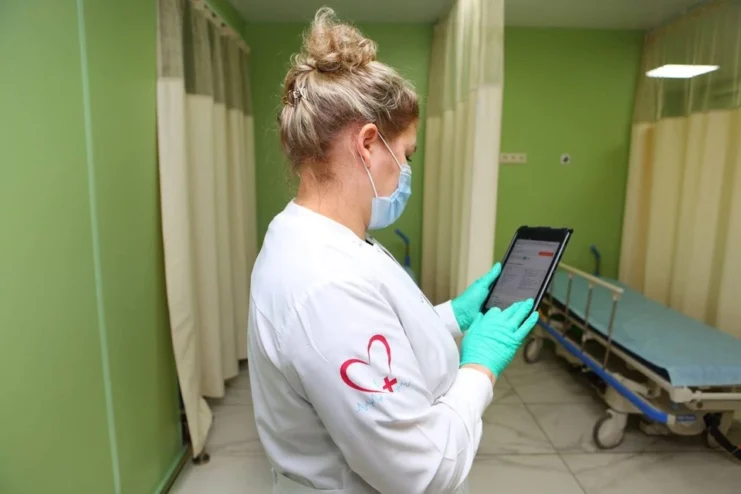
When to Seek Medical Advice
Now, I know we’ve covered a lot of ground here, and it might be a bit overwhelming. But remember, knowledge is power. Understanding your body and knowing when something’s off is the first step towards maintaining good health. So, when should you seek medical advice about testicle size or related concerns?
Well, if you notice any sudden changes in the size of your testicles, it’s a good idea to consult a healthcare provider. This could be an increase or decrease in size, or a difference in size between the two testicles.
Other signs to watch out for include lumps, pain, or discomfort in the testicles, changes in sexual function, or symptoms of hormonal imbalance like fatigue, mood changes, or loss of muscle mass.
Remember, it’s always better to be safe than sorry. If you’re unsure about something, don’t hesitate to seek professional advice. Your health is too important to leave to chance.
The Dangers of Testicle Enlargement Procedures and Products
Now, let’s talk about enlargement procedures and products. In our size-obsessed society, it’s no surprise that there are products and procedures out there promising to increase testicle size. But let me tell you, these are not without risks.
Surgical procedures for enlargement, like testicular implants, come with risks like infection, bleeding, and adverse reactions to anesthesia. And then there are products like creams and pills that claim to increase testicle size. These often contain unregulated ingredients that can cause side effects or interact with other medications.
The bottom line is, there’s no safe and effective way to increase testicle size. And remember, size isn’t everything. What really matters is the health and function of your testicles. So, instead of chasing unrealistic ideals, focus on maintaining a healthy lifestyle and taking care of your overall reproductive health. Trust me, your body will thank you.
Testicles in Global Cuisine
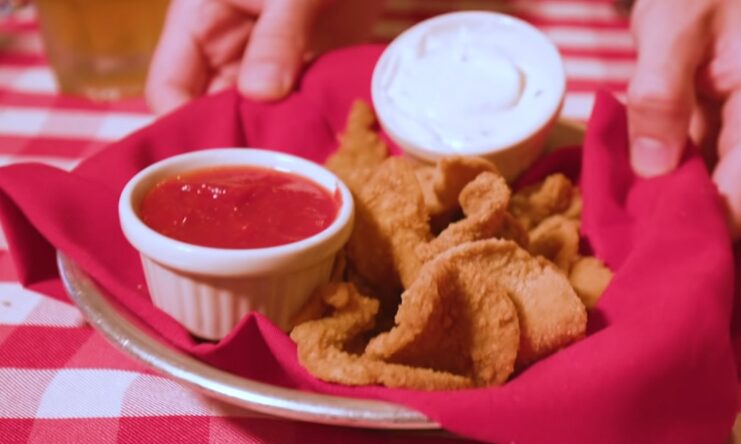
Testicles in World Cuisine: A Cultural Perspective
Now, let’s take a detour from the medical and dive into the culinary. Yes, you read that right. Testicles, or as they’re more appetizingly known in the culinary world, “Rocky Mountain Oysters,” “sweetbreads,” or “criadillas,” have a place in many global cuisines.
In Spain, bull testicles, or ‘criadillas,’ are a delicacy often served in tapas bars. They’re typically breaded and fried, and are said to have a tender, creamy texture. Over in Argentina, a country known for its love of beef, testicles are often grilled as part of a traditional ‘asado,’ or barbecue.
Travel to the Middle East, and you might come across a dish called ‘kale pache,’ a traditional soup made with sheep’s head and testicles. It’s considered a hearty breakfast dish, particularly popular in Iran and Iraq.
And let’s not forget about the Rocky Mountain Oysters of the United States, which are, in fact, not oysters at all, but rather, bull, pig, or sheep testicles. They’re typically peeled, flattened, breaded, and deep-fried, and are a popular novelty dish in parts of the American West.
So, as you can see, testicles are more than just a part of the male reproductive system. They’re a testament to the human ability to make use of every part of an animal, a nod to our culinary creativity, and a reminder that food, like life, is full of surprises.
The Journeys End
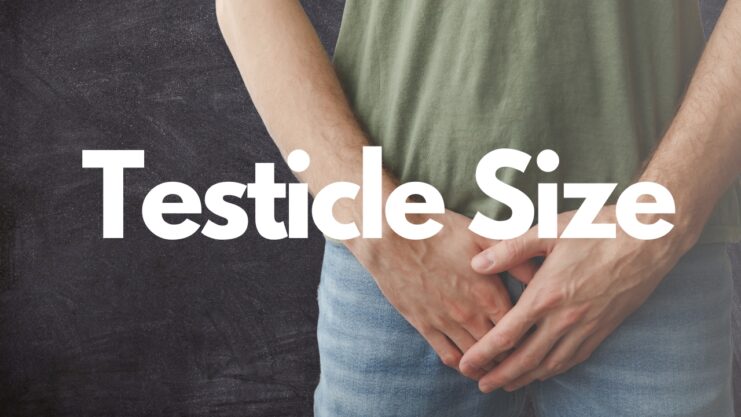
Well, there you have it, folks. We’ve journeyed through the fascinating world of testicles, from the intricacies of human anatomy to the wilds of the animal kingdom, from the impact of lifestyle choices on our health to the surprising role of testicles in global cuisine.
We’ve debunked a few myths, shed light on some medical facts, and hopefully, learned to appreciate these often overlooked, yet crucial components of the male reproductive system.
What I hope you take away from this deep dive is that when it comes to testicles, size isn’t everything. What truly matters is the health and function of these remarkable organs.
So, instead of worrying about size, let’s focus on maintaining a healthy lifestyle, being aware of our bodies, and seeking medical advice when necessary. And let’s not forget to appreciate the culinary potential of testicles, because, as we’ve seen, they’re more than just a part of the male reproductive system.
In the end, whether you’re the bearer of these biological marvels or not, understanding testicles is a testament to understanding life itself. They’re a reminder of our place in the animal kingdom, a symbol of our health and vitality, and yes, even a source of culinary delight. So, here’s to testicles – may we continue to learn, appreciate, and marvel at these incredible orbs of life.

